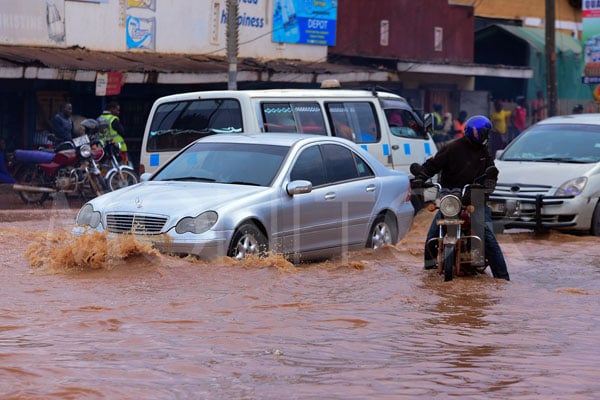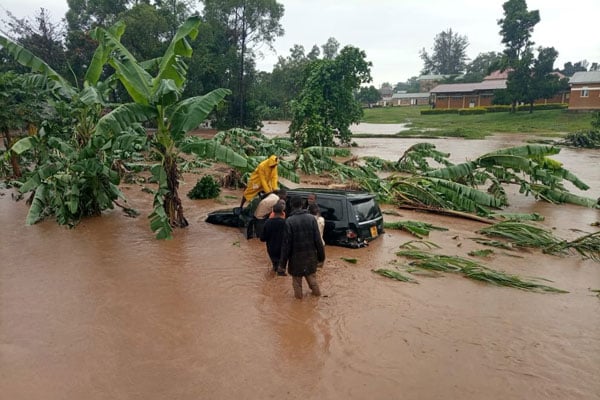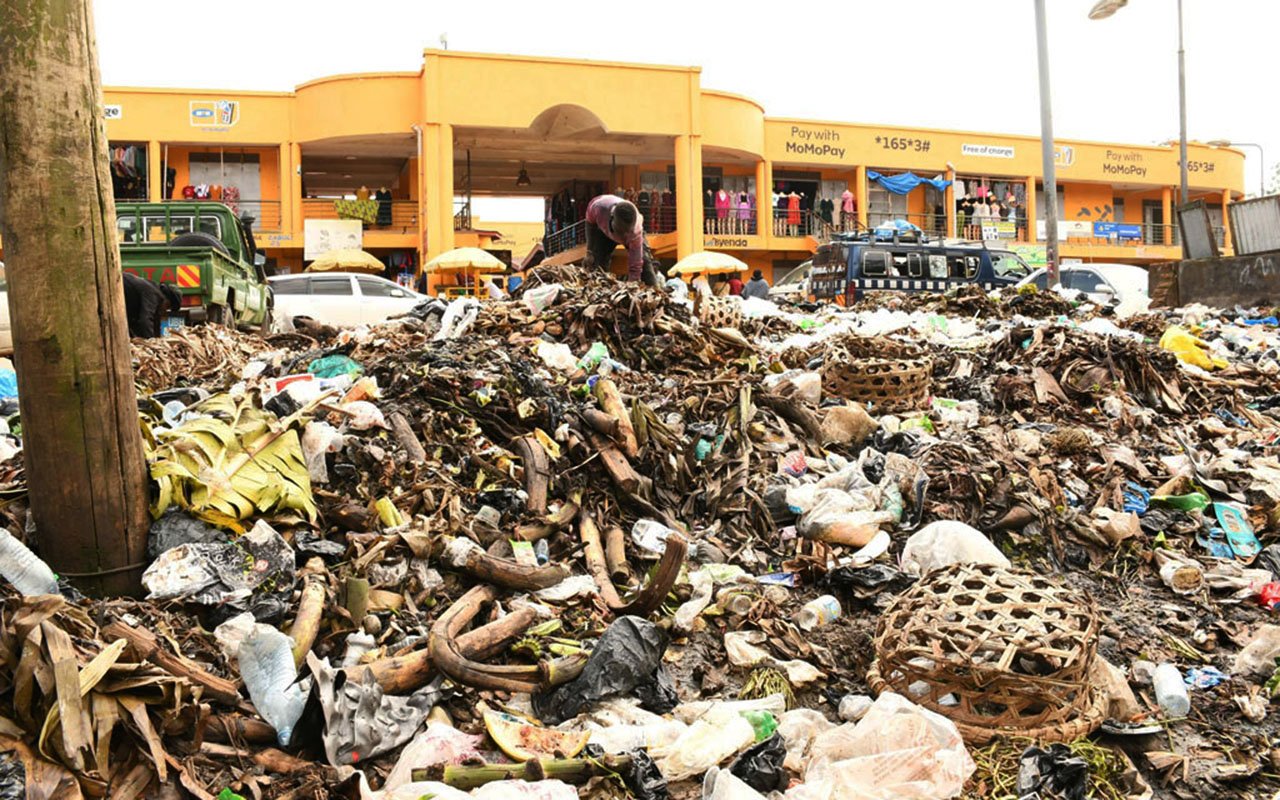Prime
Planning is key in disaster management

Motorists wade through a flooded Nakawuka road in Nateete, Rubaga division in Kampala on September 20, 2023 after a downpour. PHOTO/MICHAEL KAKUMIRIZI
What you need to know:
The issue:
Rainy season
Our view:
An audit should be done on the state of major road structures and bridges which have been compromised in the past. How many have been rebuilt or repaired? Areas at risk should be prioritized in order to avoid unexpected breakdowns that could lead to mass damage, loss of property and lives.
The anticipated rains as a result of the El nino phenomenon are here as predicted by experts for the last quarter of 2023.
With them come the annual and longer term lessons about the nature of our urban planning, water management and disaster management, among others. When the prediction for enhanced rains was made, relevant government bodies and authorities were urged to be on the ready in order to manage any resulting effects.
The previously highlighted damaged roads that have not seen the promised repair will continue to impact urban transport, made all the more difficult by the vagaries of the weather. Congestion in the urban centres is at an all-time high, especially with the reopening of schools.
Residents of the nation’s capital and its suburbs still do not have reliable public transport which runs on time so disruption to work, businesses and productivity are to be expected in large measure this season.
Planning for key populations is also key during the rains in order to anticipate effects of flooding and other rain associated problems on vulnerable populations.
Not only do the rains impact movements and structures, they have a direct hit on economic activity. It is at this time that the state of our storm drains will reflect the true nature of our waste disposal methods or lack thereof.
Poorly planned and constructed structures will be further compromised. As it is, there are many ongoing road works which further complicate the situation. An audit should be done on the state of major road structures and bridges which have been compromised in the past. How many have been rebuilt or repaired? Areas at risk should be prioritized in order to avoid unexpected breakdowns that could lead to mass damage, loss of property and lives.
Local governments should have capacity to run an early warning system where at-risk populations and structures can be reported in good time but also means found to address the challenges before they progress to disaster levels.
Involving the wider population in building a national disaster map would pay dividends in terms of planning, prioritising high risk areas and, limiting damage to life and property.




